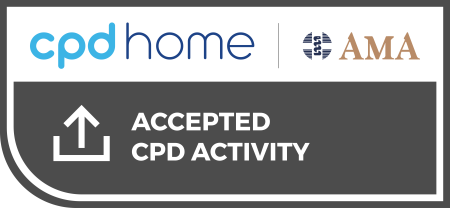Finding accredited CPD
Stroke is the world's second‐leading cause of death and the third‐leading cause of death and disability. In Australia, stroke is the third most common cause of death and a leading cause of disability. As a result, stroke is costly to the health system, society and the individual.
Three acute stroke interventions have broadly applicable, significant, readily quantifiable health economic benefits: stroke unit care (for both ischaemic stroke and intracerebral haemorrhage) and ischaemic stroke reperfusion therapies, thrombolysis and endovascular thrombectomy (EVT). For every 17 patients treated in a stroke unit, one death or disabled outcome is prevented. The number needed to treat to prevent disability for thrombolysis under three hours is ten, and the EVT number needed to treat to prevent functional dependency is five. Expediting reperfusion therapies substantially magnifies treatment benefits; “saving a minute” gains an extra day of quality‐adjusted life following thrombolytic treatment, and an extra week following EVT.
This MJA Perspective shares more.
Authors: Timothy J Kleinig and Lisa Murphy, For the 30/60/90 National Stroke Targets Taskforce
Article Type: Perspective
You have to log in to see the content of this module.
Provided by
Accepted by
